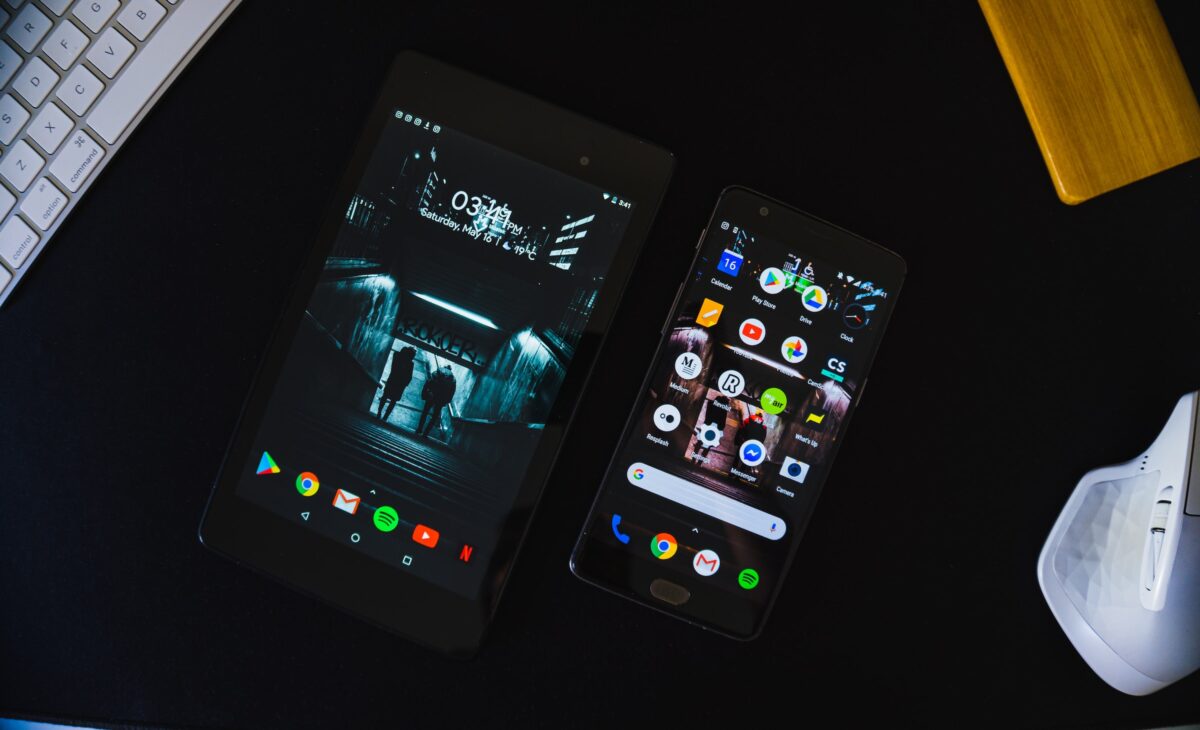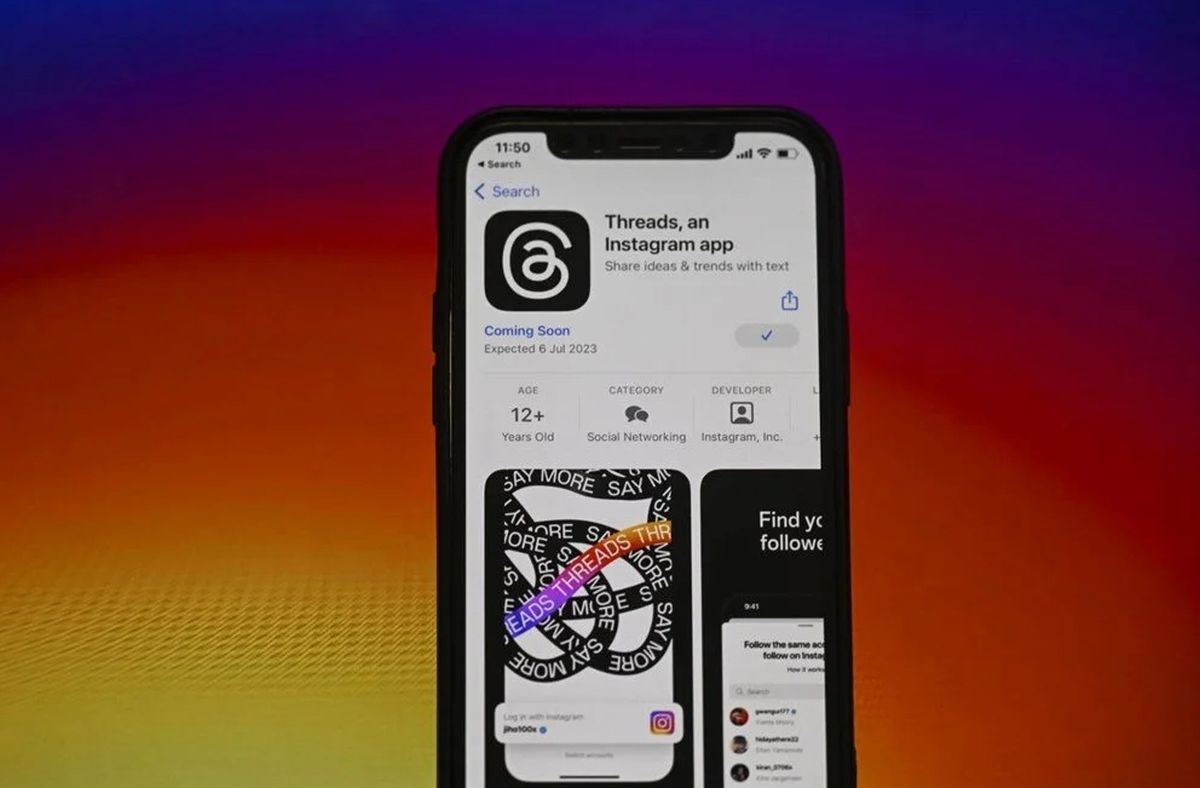Palm Mojo SDK Released

Its not everyday that you have a phone that lives up to its hype, a few that have in recent years has been the iPhone, Razr, Omnia, Touch HD and more recently the Palm Pre. But the big difference between all these phones is their OS. iPhone runs Apples mobile OSX, Omnia and Touch HD are both WinMo and Palm’s Pre is doing the webOS thing.
That said, there has been much talk about when the Mojo SDK would be released. Well earlier this week, Palm decided to finally bring it to the table. Mind you the Mojo SDK is still in beta but from what I have heard, read and tested myself, it will be offering some major features so come this September when Palm begins accepting applications for the App Catalog, those who have taken the early plunge will be able to make a buck or two.
Being a Pre owner myself I have to say that it has its goods and bads. Same thing applies to the SDK. One of the major things that will make the SDK so great is the fact that it uses common programming language that most programmers have some familiarity with (unlike that of the iPhone which uses Project C).
HTML and JavaScript are pretty basic stuff and with a little practice and help from the API it shouldn’t be too hard for web programmers to get used to the Palm Pre programming enviorment. But as I said it has its drawbacks. My major contention with the SDK to date is the fact that it lacks direct access to the core CPU. Basically this means that we won’t be seeing NFS Most Wanted on the Pre for anytime soon. I’m not saying that it should be an open fair, but this is reminding me just like Apple when they infamously said that “web apps would do just fine.†Needless to say they soon changed their mind and since then they have crossed the 1.5 billion download mark.
It seems like the same thing is gearing up to happen with Palm. The Pre is a powerful device and carries equal processing power as the iPhone 3GS. As I’ve said to many people, the only thing that is holding the Pre back is webOS 1.0.4. Don’t get me wrong, I’m in love with webOS, but its only in its first generation and still needs time to mature. Hopefully when ver1.1 comes out we will see many of these performance issues fixed.
One thing that people should take note is that even with the few apps available for the App Catalog, has crossed the 1 million download mark. That is for only 30 apps. My only fair is that Palm is shooting itself in the foot and will ultimately have to rethink its decision about not allowing access to the CPU of the Pre.
Last thoughts: for those who are interested in jumping into the mobile phone app business, there is lots of space. What platform should you develop for? Well as it stands it all depends on what you are aiming for. iFart apps, vibration apps and the multitude of nonsensical games are the iPhone’s strength (don’t get me wrong, developers make money off these), lifestyle apps are the Android’s strength. Blackberry can take a little of everything but you will be greatly limited with graphically intense apps. As for WinMo, it all depends. You do have WinMo phone that beat the Pre and iPhone in specs and speed, but those are far and free, so productivity and lifestyle apps are the main strengths of this platform. As for the Palm Pre that is yet to be decided, but I can safely say that most games (except for the Sudoku and Connect 4) are a no, no.
If you want to focus on a specific programming language, Project C will be the hardest to learn but Apple has a big developer community for their iPhone. Palm has the easiest platform to develop for and in close second is Android. Blackberry and WinMo come in third.
So what are your thoughts? Drop a comment below.
Advertisement





















The iPhone and iPod Touch use Objective-C (and not “Project C”, whatever that is), which is an antique barbarian language (http://developer.apple.com/documentation/Cocoa/Conceptual/ObjectiveC/Introduction/introObjectiveC.html), with a yet more antique library API (Cocoa). Anyway, enough talking of Apple and their disgusting commercial practices.
The device seems to be great, I hope Palm comes back to reason and offer a decent programming language as a serious alternative to this Javascript nonsense.
.NET / Mono would be the obvious choice for another platform, but in this case there are two main issues: real-time applications (the lack of control doesn’t offer enough guarantees for time-critical embedded applications) and overuse of memory resources (which would lead to more power consumption).
C++ and Qt would have been the best candidates, even if the latter is owned by a competitor.
As you said, the SDK’s the only thing holding it back right now. Well, that and the fact that it’s not easy to get an app in the app catalog just yet.
The homebrew scene for the pre has shown a lot of potential so far though, and if you really want to you can kill the lunasys/webos gui and start up a directfb screen to run some native linux apps :)
Limited WebOS SDK hinders serious app, game development…
http://www.intomobile.com/2009/07/17/iphone-dev-limited-webos-sdk-hinders-serious-app-game-development.html